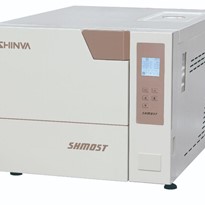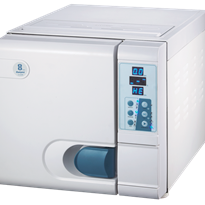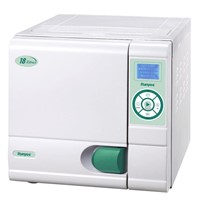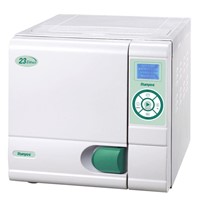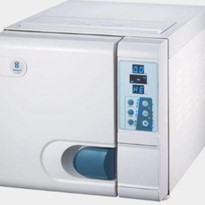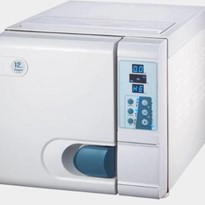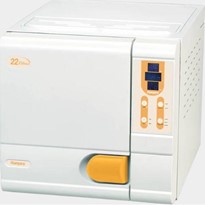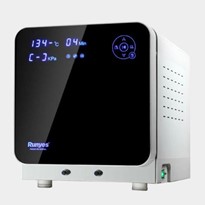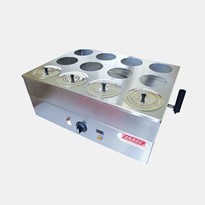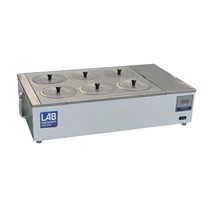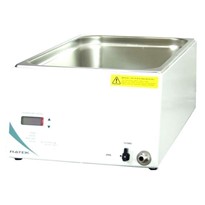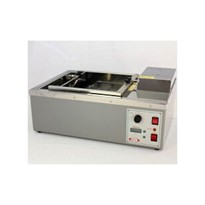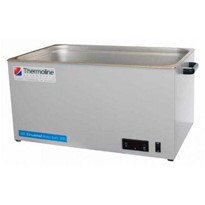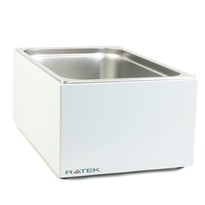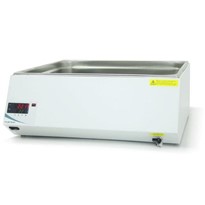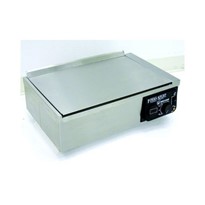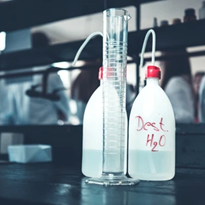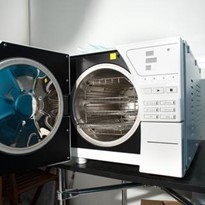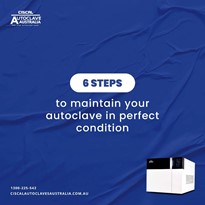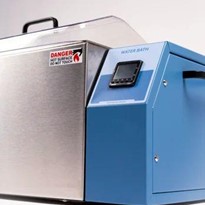Both water bath and autoclaves are used for sterilising equipment in various industries.
However, the process of sterilisation is carried out through different means.
Therefore, it is important for you to understand the difference between how an autoclave and water bath provide sterilisation in order to choose the right one for your specific needs.
How an Autoclave Works
An autoclave works by using steam as a sterilising agent.
In order to kill microbes or pathogens, it is important to raise their internal temperature to a point where the cell walls break down completely.
Since steam is extremely efficient at transferring heat, it is one of the best ways to completely destroy all the microbes.
On the other hand, the air is extremely inefficient at transferring heat compared to steam.
Consider the fact that 80 kcal of heat energy is required to raise the temperature of 1 L of water to its boiling point.
On the other hand, converting 1 L of water to steam requires heat energy equivalent to 540 kcal.
Simply put, steam at 100 degrees C has almost 7 times as much energy which makes steam much more efficient at destroying microorganisms.
In an autoclave, the first step involves allowing steam into the sterilising chamber where it displaces the air.
The pressure and temperature is raised slightly to allow continuous flow. In the sterilisation or exposure phase, the exhaust valve is closed.
The temperature and pressure is increased further inside the sealed chamber.
Automated programs allow maintenance of the desired temperature and pressure up to a pre-set time period.
Once the sterilisation has happened for the desired time period, the exhaust valve is opened and pressure is allowed to release.
The interior chamber is restored to the ambient pressure and the sterilised contents inside can then be safely removed.
How a Water Bath Works
The working principle of water bath is very simple. It is an appliance that keeps water at a constant temperature.
However, the maximum temperature that can be achieved in a water bath is 100 degrees C which is the boiling point of water.
Benefits of Autoclave over Water Bath for Sterilisation
Autoclaves offer a number of benefits over a water bath when it comes to sterilisation.
Here is a list of some of the major differences and why autoclaves are preferred for sterilisation in different settings.
In an autoclave, the temperature can be raised up to 133 degrees C. On the other hand, the maximum temperature that can be achieved in a water bath is 100 degrees C.
In an autoclave, each sterilisation cycle is usually completed in 30 minutes even though a longer cycle is required sometimes.
In a water bath, effective sterilisation usually takes more than an hour.
In an autoclave, the sterilised items do not require any other processing after sterilisation but in a water bath, the sterilised items need to be dried which increases the chances of contamination.
An autoclave is more versatile as it can sterilise a wide variety of materials.
It is possible to wrap delicate items before placing them in the internal chamber to reduce the risk of breakage.
On the other hand, a water bath is not suitable for certain plastic and glass items as these can easily break or crack.
You will need to clean and sterilise water bath before each use but an autoclave is self-cleaning when it is well maintained.
Conclusion
Overall, an autoclave provides a more effective and faster sterilisation process compared to a water bath.
It can achieve a higher temperature which results in the complete elimination of microbes and pathogens.
An autoclave also reduces the risk of contamination after sterilisation as the sterilised items are kept in a sterilised environment and do not require exposure to contaminated air which is the case with a water bath.


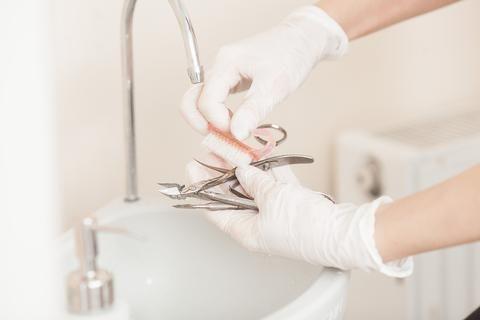

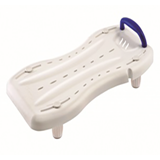
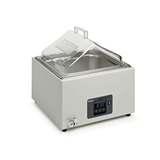
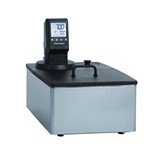
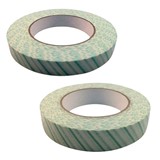


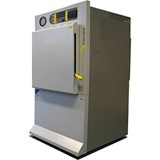
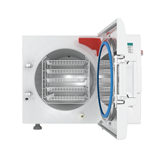
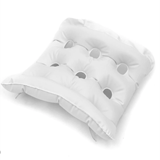
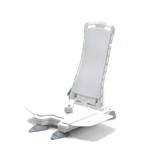
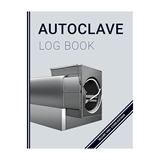
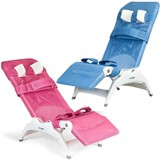
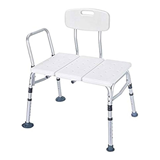
-205x205.jpg)
-205x205.jpg)

